Why mining nodes matter to everyone using Bitcoin
Bitcoin works without a central authority, which makes it different from traditional payment systems. But without banks or admins, how does it stay secure? The answer lies in mining nodes—those silent machines running in the background that play a major role in keeping Bitcoin safe and reliable. Whether someone is sending coins or simply holding them, the network depends on these nodes working properly.
Mining nodes are more than just machines solving puzzles. They connect, share data, and follow rules. They make sure that new Bitcoin is created fairly and that all transactions follow the protocol. Their actions impact every user, not just miners.
Even those who don’t mine benefit from the work mining nodes do. From stopping fake transactions to preventing fraud, these machines are the backbone of the Bitcoin network. Without them, the system would lose its trust and its strength.
Understanding what mining nodes really do
A mining node is a computer that runs the Bitcoin software and tries to solve complex math problems. When it finds the right solution, it gets to add a new block to the chain. This is how new Bitcoin is released and how the ledger stays up to date.
These nodes also check each block to make sure it follows all the rules. If someone tries to include an invalid transaction or break the block format, mining nodes will reject it. This keeps the network clean and accurate.
The job isn’t only about solving problems. Mining nodes constantly talk to each other, sharing information about blocks and transactions. This teamwork helps prevent double-spending and keeps every copy of the blockchain in sync across the world.
How mining nodes prevent double-spending
Double-spending is when someone tries to use the same Bitcoin twice. In physical cash, this isn’t possible—once you hand it over, it’s gone. But digital currency needs a system to prevent copying or reusing funds. This is one of the biggest problems Bitcoin solved.
When a mining node sees a new transaction, it checks whether the coins have already been used. If they have, the transaction is ignored. Only the first valid one is accepted. This step happens quickly, long before the transaction is added to a block.
Once a block containing the correct transaction is added to the chain, all other copies of that transaction are rejected. The mining nodes confirm this across the network, stopping anyone from cheating the system.
Proof of work and why it matters for security
Proof of work is the system that mining nodes use to create new blocks. It’s a way to show that effort was spent on making a block. This prevents bad actors from easily flooding the network with fake data or tampering with the chain.
The process takes energy and computing power. That cost is what makes it secure. If someone wanted to attack the network, they would have to match the effort of all the honest miners combined—something nearly impossible without enormous resources.
Because of proof of work, blocks can’t be made instantly or without effort. This limits manipulation and ensures that each step in the blockchain takes real time and resources to complete, adding a layer of defense against attacks.
Honest mining keeps the network stable
Most mining nodes follow the rules because they’re rewarded for doing so. When they find a valid block, they earn Bitcoin. But if they cheat or go against the protocol, their block will be rejected, and they get nothing. This reward system encourages good behavior.
Nodes that stay honest and work on the longest valid chain help build a strong, unified history of transactions. The more honest nodes there are, the harder it becomes for a dishonest one to change the chain or insert false data.
Over time, this honesty builds up into a chain that is nearly impossible to change. Even if someone had a faster machine, they’d still have to follow the same rules. Mining nodes help keep everything fair by agreeing on what counts as truth.
How decentralization adds more security
There’s no single server or leader in Bitcoin. Instead, thousands of mining nodes exist around the world. Each one holds a full copy of the blockchain and verifies every new block. This widespread structure makes the network very hard to attack.
If one country shuts down its miners, the rest of the network keeps running. If one node goes offline, others step in. This design helps keep Bitcoin online and secure, no matter what happens in one place.
This global setup spreads control among many users. It also ensures that no single group can change the rules or take over the network without being challenged by others. Mining nodes are the defense lines scattered across the world.
Real-world examples of attacks stopped by miners
In the past, some groups tried to take advantage of the network by sending spam transactions or reorganizing the chain. But mining nodes often acted fast to stop these actions. Their role isn’t just passive—they actively fight off unwanted behavior.
In one well-known case, a mining pool had enough power to try to control over 50% of the network. But the community responded quickly. Miners left that pool, and its power dropped. This showed how mining nodes can adjust to protect the system.
There have also been times when bugs or unexpected blocks appeared. Miners and developers worked together to fix them, often within hours. The quick reactions of mining nodes helped restore balance and avoid bigger issues.
Block validation keeps the network honest
Every time a mining node receives a new block, it runs checks. It looks at the size, format, and all transactions inside. If anything seems off—wrong amounts, missing inputs, or broken signatures—the block is thrown out.
This validation step is the filter that keeps junk out of the blockchain. Without it, attackers could flood the network with fake blocks or try to steal funds by changing data. Mining nodes quietly prevent this behind the scenes.
Even when a miner solves the proof of work, the block still has to pass these checks. That means energy alone isn’t enough—accuracy and honesty matter just as much. This double-layer process keeps quality high.
The link between mining rewards and security
Every new block rewards the miner with Bitcoin. This is the incentive that keeps mining nodes active. As long as the reward is meaningful, miners will keep working and protecting the network. This creates a loop of service and payout.
When rewards go down, some miners might stop. But others step in or upgrade their equipment. This balancing act helps the network stay strong even during low-profit periods. The mining difficulty adjusts over time, keeping things fair.
The reward system ties security directly to participation. The more miners involved, the more effort needed to attack the network. Mining nodes, driven by rewards, keep the system honest and stable through their ongoing activity.
Trust is built block by block
Mining nodes don’t need fame or attention to do their job. They quietly process transactions, solve problems, and share results with the rest of the network. Each block they add strengthens the chain and protects everyone who uses Bitcoin.
Their work often goes unnoticed, but it matters every second. Without them, Bitcoin wouldn’t be secure. Every transaction, from a large payment to a small tip, relies on the stability they provide.
People trust Bitcoin because it works. And it works because mining nodes, spread across the globe, continue to uphold the rules and keep the network alive and honest.
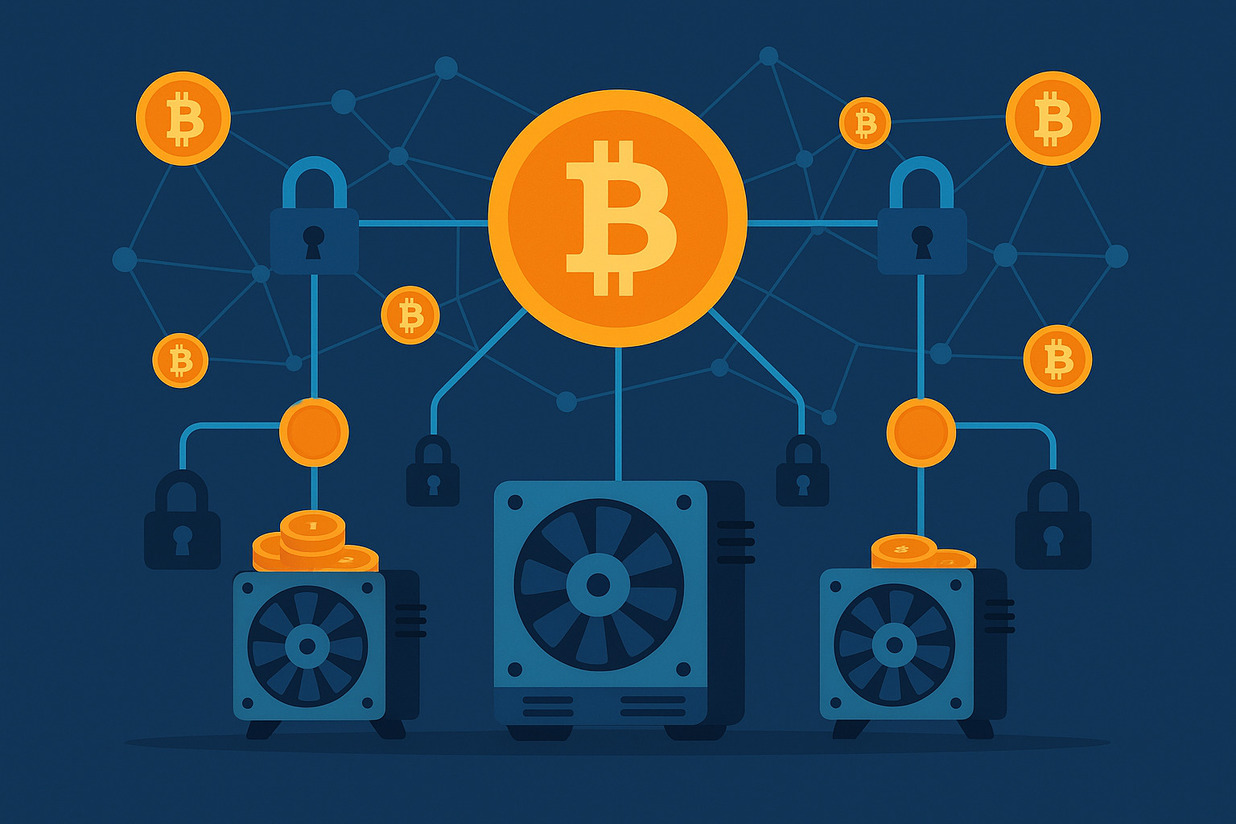



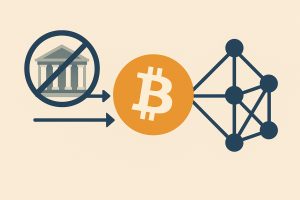
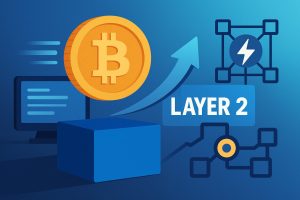
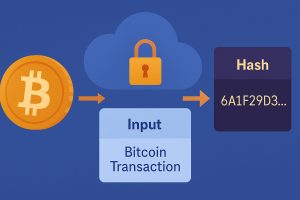



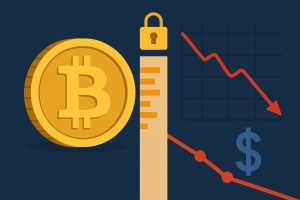





No Responses